Are you ready to read some stellar science fiction? Well, then, you’re in luck. I’ve pulled together a list of the most influential sci-fi books of the past 10 years, and you’re going to want to add them all to your TBR.
I’ll be honest with you. Putting this list together was hard. Unless you’re talking about Twilight, The Hunger Games, or Fifty Shades of Grey, it’s incredibly difficult to judge a book’s influence when you’re less than ten years out from its publication. It hasn’t had time to become influential yet!
Although that may be true, we can spot burgeoning trends if we know where to look for them. The last decade has seen a marked rise in cli-fi novels, anime- and video game–inspired stories, and genre-bending science fiction. You’ll find examples of all of these and more on the list below.
The biggest and most important trend in the science fiction of the 2010s was none of the above, however. Rather, it was the steady increase in traditionally published, critically acclaimed, and awards-recognized speculative fiction from marginalized authors. So much so, that between 2013 and 2017, right-wing SFF writers and readers made a concerted effort to vote against women, authors of color, and LGBTQ+ writers on awards ballots. Thankfully, they were ultimately as unsuccessful as they were loud.
Here are the most influential sci-fi books of the past 10 years:
|
|
The Most Influential Sci-Fi Books of the Past 10 Years
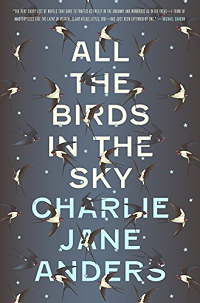
All the Birds in the Sky by Charlie Jane AndersCharlie Jane Anders’s Nebula Award–winning science fantasy novel follows childhood BFFs Patricia and Lawrence as they reconnect at the end of the world. With the apocalypse on the horizon, these two estranged friends — one a witch, the other an engineering whiz — must decide whether they’re willing to put aside their differences to save the planet. |
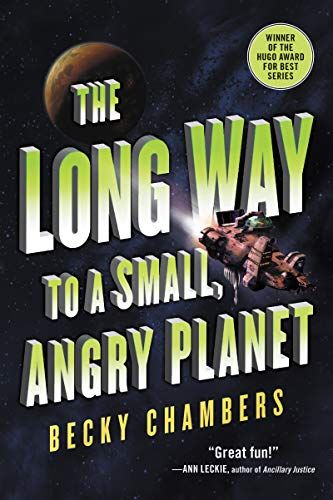
The Long Way to a Small, Angry Planet by Becky ChambersRosemary is running away. That’s why she’s joined the Wayfarer crew. The ship doesn’t feel like home, and the crew certainly doesn’t feel like family. Not yet, anyway. The Wayfarer has just accepted a high-risk, high-reward job creating wormhole superhighways to the distant reaches of space. The crew just might grow to like one another…if they can survive, that is. |
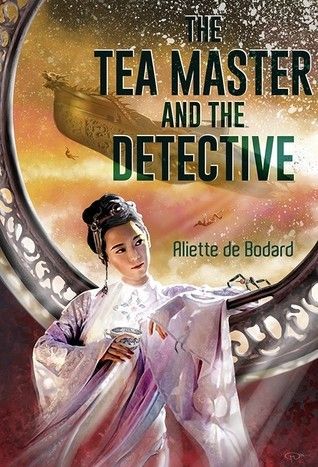
The Tea Master and the Detective by Aliette de BodardAliette de Bodard offers a vision of the future in which East Asian culture reigns supreme in this novella. This murder mystery pairs up a mindship-turned-apothecary and the scientist who accidentally stumbles across evidence of a murder on board. Steeped in East Asian culture, effortlessly blending genres, and tackling the sentient-spaceship theme head-on, The Tea Master and the Detective gave SF readers an exciting glimpse of things to come in 2018. |

The Innsmouth Legacy by Ruthanna EmrysLike much of H.P. Lovecraft’s work, his 1931 novella, The Shadow over Innsmouth, is as racist as it is famous. Ruthanna Emrys’s debut turns Lovecraft’s work on its ear, portraying the Innsmouthers not as monsters, but as mixed-race people persecuted by the U.S. government — and later forced to help put an end to the Cold War. Humanizing those whom Lovecraft dehumanized is a tack many writers have taken over the last decade, and Emrys’s Innsmouth Legacy series is one of the finest examples of it. |
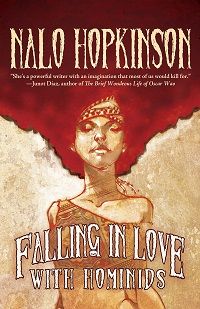
Falling in Love with Hominids by Nalo HopkinsonAuthors of color swept the Hugos in 2016, but Nalo Hopkinson’s collection was sadly not among the winners — not because of any failure on the author’s fault, but simply because there is no Hugo Award for best anthology or collection. Despite that little oversight, Falling in Love with Hominids has been a fan favorite since its publication in 2015. Here, post-apocalyptic monsters mingle with ghosts stranded in shopping malls. It’s an eye-opening look at what science fiction can do. |
“Folding Beijing” by Hao JingfangSpeaking of what sci-fi can do, let’s talk about “Folding Beijing.” Hao Jingfang’s novelette has not technically been published as a standalone in English. Neither does the author have an English-language collection. Hao’s story beat out no less than Stephen King at the 2016 Hugos, however, and I’d say that alone warrants a place on this list. Still not convinced? Well, then, I invite you to consider how “Folding Beijing” manages to illuminate the problems of socioeconomic inequality on both sides of the Pacific and tell a great story besides. |
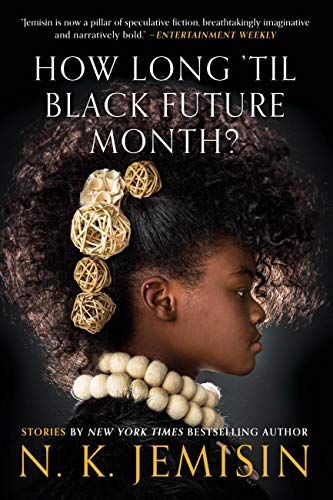
How Long ’til Black Future Month? by N.K. JemisinPick up just about any N.K. Jemisin book and you’ll find yourself holding one of the most influential sci-fi — or fantasy — books of the past decade. If I could put her entire oeuvre in this spot, I would. I’ll settle for her 2018 short-story collection, however. How Long ’til Black Future Month gives readers some perspective on the range of Jemisin’s work and enormous talent. |
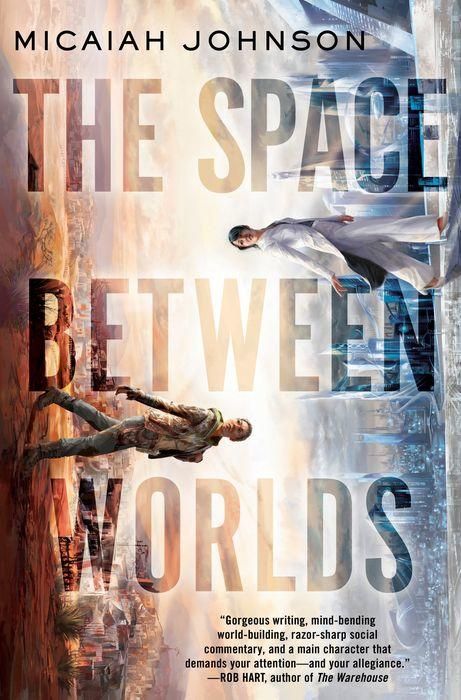
The Space Between Worlds by Micaiah JohnsonMaybe it’s just the ubiquity of the MCU, but it feels like everyone’s doing multiverses these days. Everyone except fiction writers, however. Writing a multiverse is hard stuff. Unless you’re as prolific as Stephen King — whose entire oeuvre is basically one big multiverse — you might find it difficult to populate your parallel universes. That’s what makes Micaiah Johnson’s The Space Between Worlds so great. The entire story revolves around multiverse travel, following Cara, a young woman whose doubles are pretty much all dead, as she tries to solve the mystery of one double’s murder. |
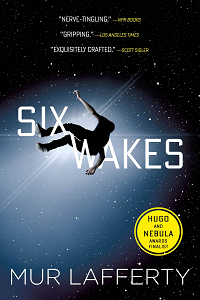
Six Wakes by Mur LaffertyIf murder’s what you’re interested in, give Six Wakes a shot. The story charges full-speed ahead from the outset as the cloned crew of a spaceship discovers that someone has murdered them all. The murderer still walks among them; can they solve the mystery of their own deaths before the killer strikes again? Mur Lafferty’s novel put sci-fi mysteries on the map in 2017. The better part of a decade later, it remains a must-read. |
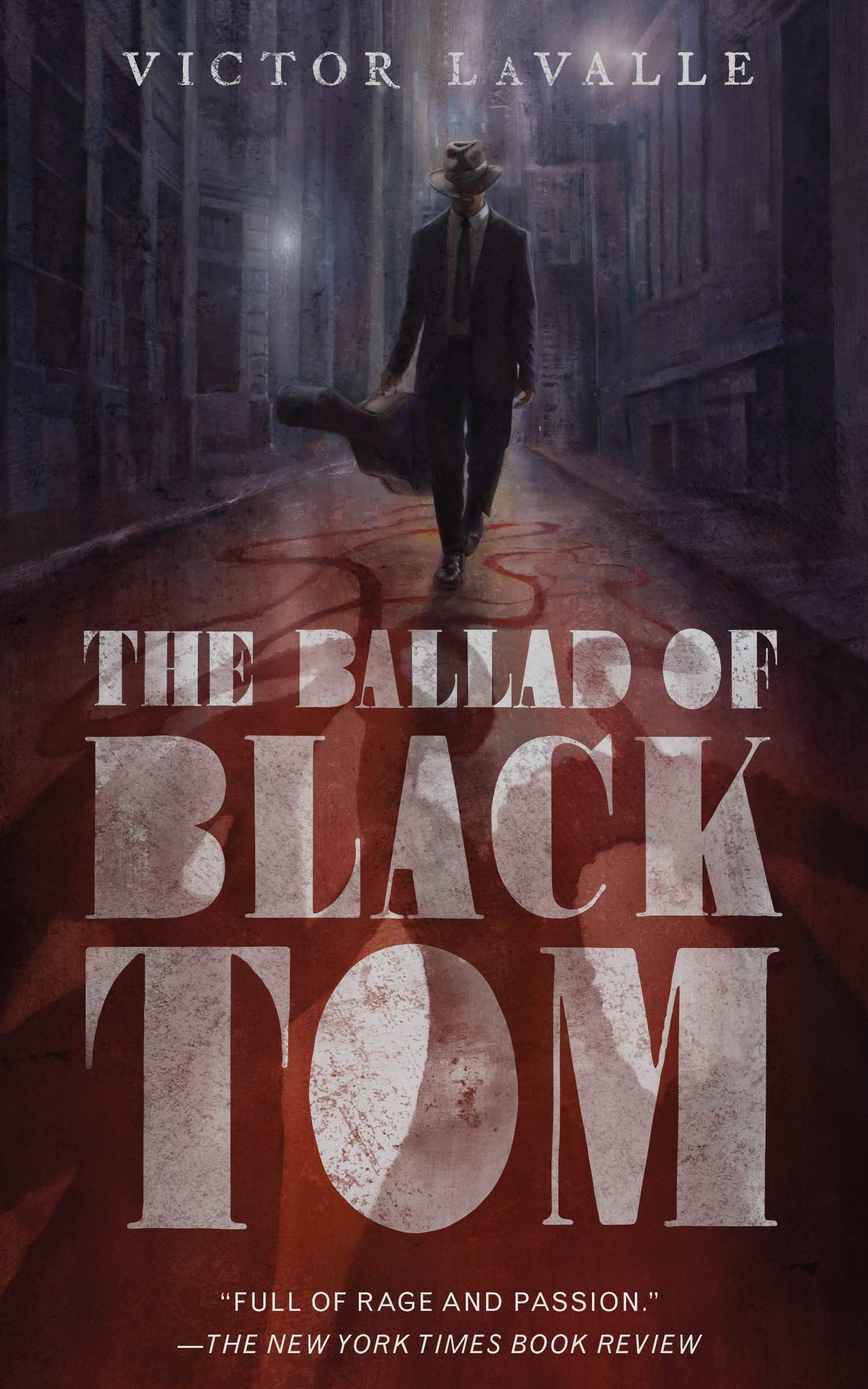
The Ballad of Black Tom by Victor LaValleWhen it comes to remixing and reinterpreting Lovecraft, it’s hard to beat Victor LaValle’s The Ballad of Black Tom. This retelling of “The Horror at Red Hook” follows the eponymous hero as he’s pulled into a game of occult intrigue. Underestimated because of his occupation and the color of his skin, Tommy uses his employers’ prejudices to his advantage. It’s an amazing re-centering of the original tale and — like The Innsmouth Legacy — another foundational example of the Cthulhu mythos’s changing position in contemporary sci-fi. |
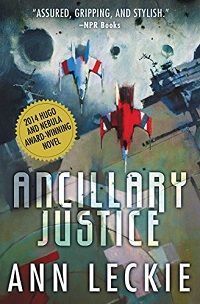
The Imperial Radch Trilogy by Ann LeckieIn 2016, Annalee Newitz dubbed The Imperial Radch “the book series that brought space opera into the 21st century.” As we approach the tenth anniversary of Ann Leckie’s debut, it’s safe to say Newitz was right. Leckie crosses well-trodden territory in the science fiction space — themes of gender, colonialism, and empire, for example — and re-examines it through a contemporary lens. An absolutely brilliant revival of the space opera sub-genre. |
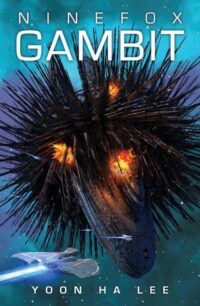
Ninefox Gambit by Yoon Ha LeeMany of the most “traditional” works of science fiction coming out in the New Millennium focus on sweeping political themes and intricate — or even dense — worldbuilding, à la Dune. Several of Herbert’s successors have earned a place on this list, including Yoon Ha Lee’s Ninefox Gambit, which leans heavier into its military sci-fi themes than many of its contemporaries. The story here centers on a disgraced crusader captain whose only shot at redemption involves reclaiming a heretic-controlled fortress with the help of an undefeated military strategist…who died after killing his own men to win a war. |
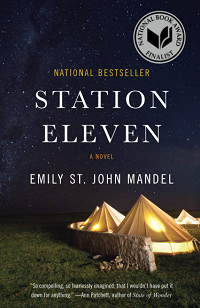
Station Eleven by Emily St. John MandelFew plague novels have been as seminal as Emily St. John Mandel’s National Book Award finalist. In the grand tradition of Stephen King’s The Stand, Station Eleven imagines a near-future North America in which large-scale infrastructure has been destroyed by a deadly disease. Culture lives on, however, as a Shakespearean theatre troupe performs for audiences in a two-year circuit around the Great Lakes. Punctuated by memories of the pre-pandemic world and tiny moments of resilience and hope — like a knot of people trying to find the remains of the internet floating through the air — Station Eleven ushered in a new era of quiet science fiction that persists to this day. |
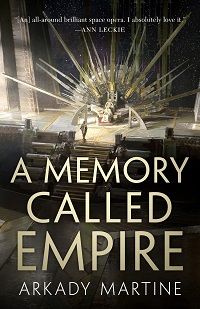
A Memory Called Empire by Arkady MartineAnother Dune successor, Arkady Martine’s A Memory Called Empire plays in the same sandboxes as many books on this list. There’s a murder mystery, an exploration of colonialism and empire, a reimagining of language, and the revival of a long-dead culture. It’s the kind of novel that has — and needs — an appendix glossary to help readers keep up with the flurry of neologisms. Martine doesn’t shy away from deploying rare, existent words, either. Much like Leckie’s trilogy above, this is old-school science fiction refreshed for the modern reader. |
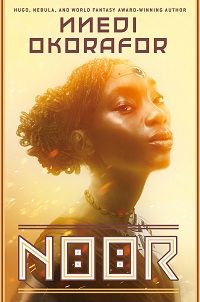
Noor by Nnedi OkoraforReleased in late 2021, Nnedi Okorafor’s Noor is one of the most recent books on the list — meaning that evidence of its influence may be difficult to find at this point. With that being said, Okorafor’s story about a cyborg and a nomadic herdsman wrongfully accused of murder and terrorism, respectively, and now on the run from a corporatocratic government armed with high-tech surveillance and security power provides a blistering commentary on our current state of affairs, and will no doubt inspire other disabled, anti-capitalist writers to flex their literary muscles in the coming years. |
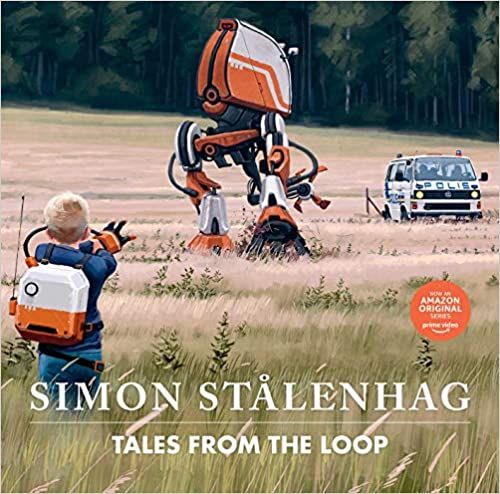
Tales from the Loop by Simon StålenhagDeep nostalgia for the late 20th century is sweeping entertainment media in the 2020s. Science fiction is no exception. Predating Brian K. Vaughan and Cliff Chiang’s Paper Girls by a little more than a year, Simon Stålenhag’s Tales from the Loop imagines an alternate history in which a particle accelerator brought strange creatures and technologies to postwar Sweden. Although it’s more of a lookbook than a novel, Stålenhag’s work has nevertheless proven to be a significant source of inspiration for folks in the speculative fiction and gaming space. |
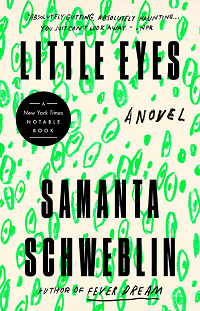
Little Eyes by Samanta SchweblinSamanta Schweblin’s Little Eyes is all about surveillance and our relationship to it. This time, however, the enemy of the people is not the for-profit news media, but a toy company capitalizing on loneliness. Kentukis are tiny robotic pets that provide company to their owners…and voyeuristic pleasures to their controllers. Lauded by both literary and speculative fiction readers alike, this 2018 novel feels more familiar than a Black Mirror episode and twice as scary. Schweblin’s story is yet another example of an author whose work occupies well-tilled sci-fi space, while still managing to bring new eyes and approaches to the genre. |
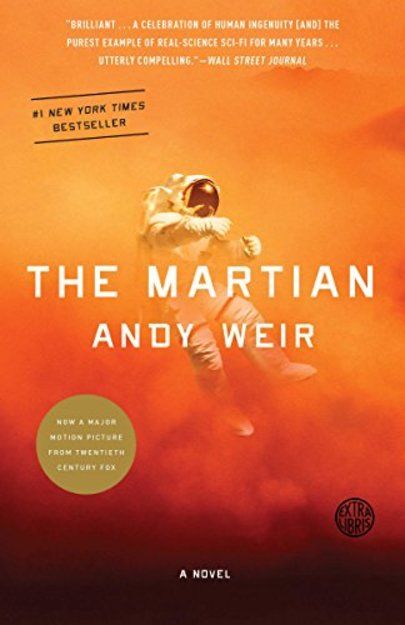
The Martian by Andy WeirIt’s hard to overstate how much Andy Weir’s debut novel changed mainstream America’s relationship with science fiction. The Expanse and Arrival might have already been on the horizon by the time Weir re-published his 2011 web novel with Crown in 2014, but it was The Martian that proved hard sci-fi could be accessible and funny. |
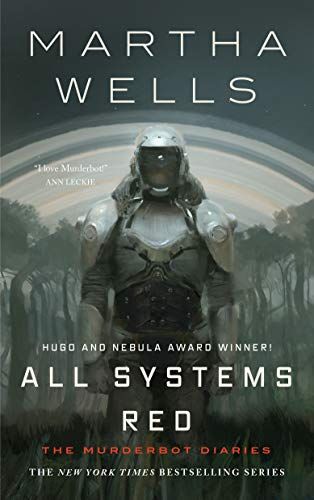
The Murderbot Diaries by Martha WellsJust when we thought every robot idea had been put to paper, Martha Wells returned to publishing to surprise us all. The Murderbot Diaries follow the eponymous hero, a security robot — a.k.a. SecUnit — that hacked its own governor module to attain free will. Despite its name, Murderbot is pretty uninterested in violence, preferring instead to marathon-watch its favorite soap opera, The Rise and Fall of Sanctuary Moon. Lots of good stuff here, including the start of a robot renaissance and further proof that comedic sci-fi will always hold a special place in readers’ hearts. |
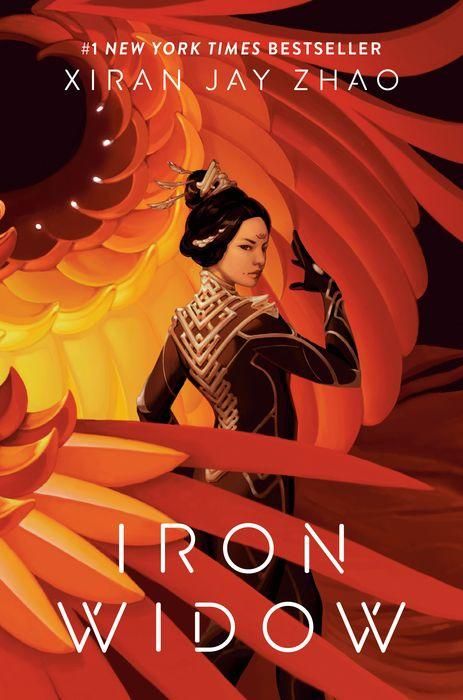
Iron Widow by Xiran Jay ZhaoXiran Jay Zhao’s novel isn’t yet two years old. Make no mistake, however: Iron Widow offers a fascinating glimpse of where sci-fi is headed. A historical retelling heavily inspired by anime and featuring a polyamorous cast of mecha pilots, this inventive novel promises to usher in a new generation of YA novels, à la The Hunger Games and Twilight. |
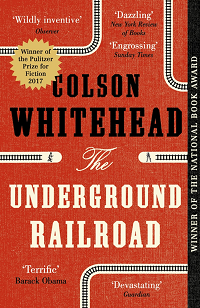
The Underground Railroad by Colson WhiteheadColson Whitehead’s Pulitzer-winning novel is hardly the first to reimagine Black history. It is, however, one of the most prominent “crossover” novels in recent memory. Like many of Whitehead’s other novels, including Zone One and The Intuitionist, The Underground Railroad is a fantastic example of how the lines between genre and literary fiction can — and will, and should — blur. |
Craving more great sci-fi? Take a look at this list of the most influential sci-fi books of all time and be sure to check out these most anticipated sci-fi and fantasy books of 2023.
Source : The Most Influential Sci-Fi Books of the Past 10 Years








